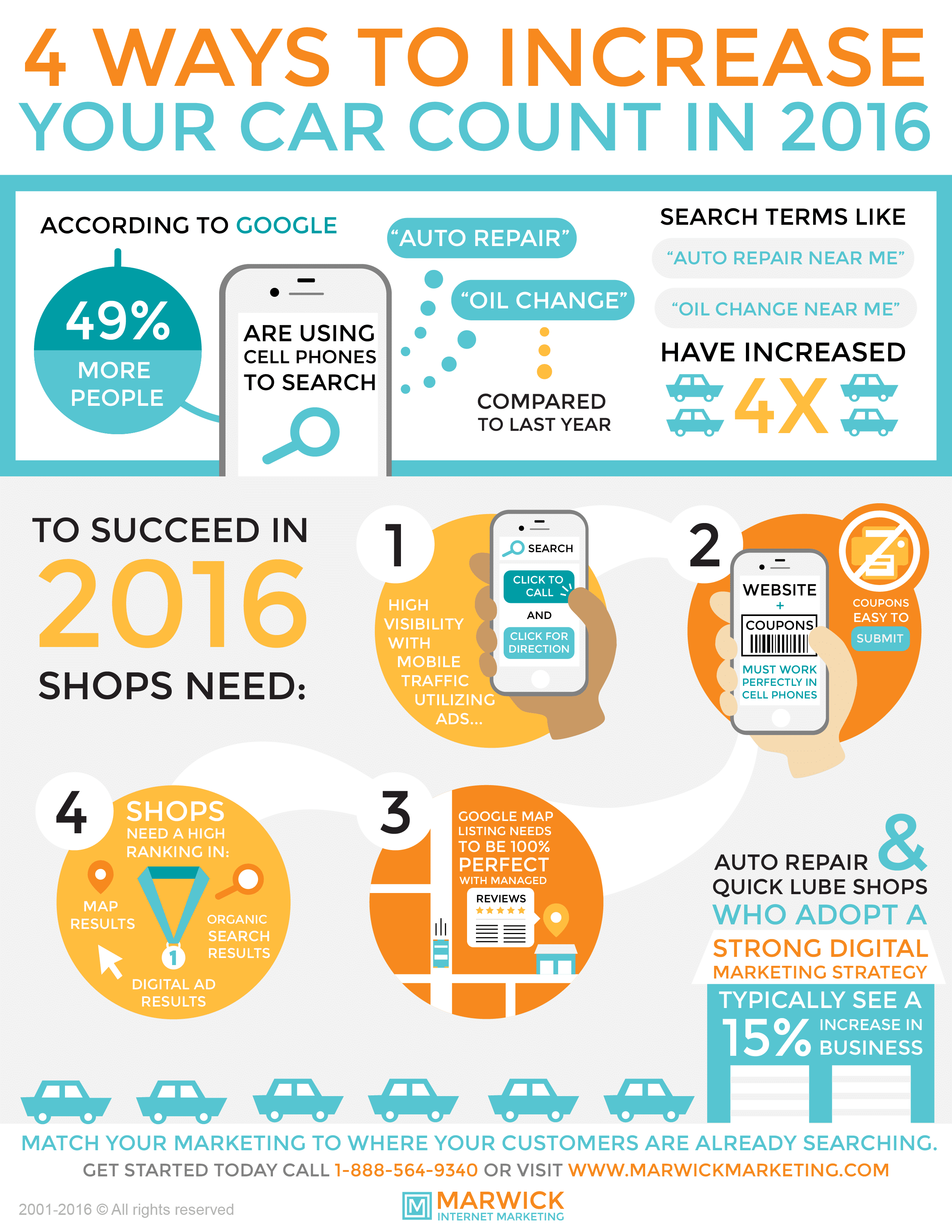Wondering About The Meaning Behind Those Dashboard Caution Lights? Gain Insights Right Into Their Ramifications For Your Automobile'S Safety And Upkeep
Wondering About The Meaning Behind Those Dashboard Caution Lights? Gain Insights Right Into Their Ramifications For Your Automobile'S Safety And Upkeep
Blog Article
Web Content Written By-Lauritsen Stark
When you lag the wheel, those radiant caution lights on your dashboard can be a little bit complicated. Do you understand what they're attempting to inform you regarding your automobile's wellness? Comprehending full detail service of these lights is important for your security and the long life of your lorry. So, the next time among those lights appears, wouldn't you intend to understand its message properly and take the needed steps to resolve it?
Common Caution Lights and Interpretations
Recognize common warning lights in your cars and truck and comprehend their definitions to guarantee risk-free driving.
One of the most common caution lights consist of the check engine light, which indicates problems with the engine or exhausts system. If this light comes on, it's vital to have your car checked quickly.
The oil stress advising light shows reduced oil stress, requiring prompt focus to avoid engine damages.
A flashing battery light could recommend a faulty billing system, possibly leaving you stranded otherwise addressed.
The tire stress surveillance system (TPMS) light informs you to low tire pressure, influencing car security and gas performance. Ignoring this could cause dangerous driving conditions.
The abdominal muscle light indicates a problem with the anti-lock braking system, jeopardizing your capability to quit swiftly in emergency situations.
Last but not least, the coolant temperature level warning light warns of engine getting too hot, which can cause severe damage if not dealt with quickly.
Recognizing marine paint protection will help you address problems promptly and maintain secure driving conditions.
Relevance of Prompt Focus
Comprehending the usual caution lights in your vehicle is only the primary step; the relevance of promptly attending to these warnings can not be stressed sufficient to guarantee your safety and security when traveling.
When a warning light brightens on your control panel, it's your automobile's way of interacting a potential concern that requires attention. Overlooking these cautions can lead to more serious problems in the future, endangering your security and potentially costing you a lot more out of commission.
Trigger focus to warning lights can protect against break downs and mishaps. For example, a blinking check engine light could suggest a misfire that, if left unattended, might cause damages to the catalytic converter. Addressing car polish can save you from an expensive repair.
Likewise, a brake system warning light could signal low brake liquid or used brake pads, vital components for your safety and security when driving.
DIY Troubleshooting Tips
If you discover a warning light on your dashboard, there are a few DIY troubleshooting pointers you can attempt prior to seeking professional aid.
The first step is to consult your vehicle's handbook to understand what the certain warning light indicates. Occasionally the concern can be as simple as a loosened gas cap setting off the check engine light. Tightening the gas cap might resolve the issue.
Another usual issue is a reduced battery, which can cause various advising lights. Inspecting the battery connections for deterioration and guaranteeing they're protected could fix the problem.
If a caution light persists, you can attempt resetting it by disconnecting the automobile's battery for a few mins and after that reconnecting it. In addition, examining your automobile's fluid levels, such as oil, coolant, and brake fluid, can assist troubleshoot cautioning lights connected to these systems.
Verdict
In conclusion, understanding your vehicle's caution lights is vital for keeping your vehicle running efficiently and safely. By without delay dealing with these signals and recognizing what they suggest, you can stay clear of pricey repairs and potential malfunctions.
Bear in mind to consult your vehicle's handbook for specific information on each alerting light and do something about it as necessary to guarantee a hassle-free driving experience.
Keep notified, stay safe when traveling!
